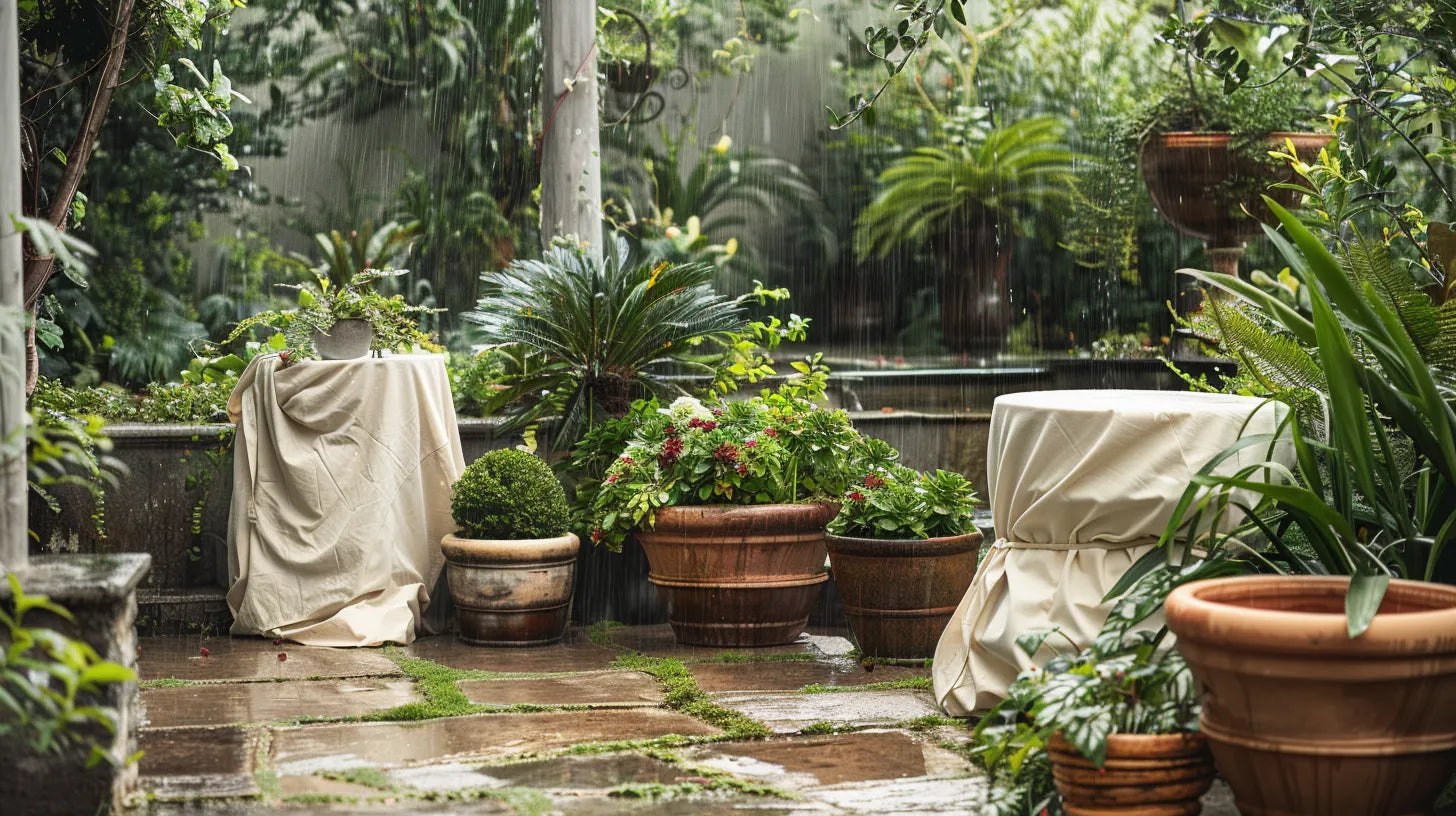Yes, outdoor furniture covers can be repurposed for outdoor planters or pots. They are adept at withstanding diverse weather conditions , shielding your planters from harmful UV rays, as well as preventing an excess of dust and debris. Utilizing such covers can extend the lifespan of your planters and enhance the health of your plants. However, proper care must be taken when selecting and installing these covers. Potential issues such as ventilation and size fit need to be considered. Going deeper into this topic can provide further understanding of how to best utilize covers for the long-term protection and enhancement of your outdoor planters.
Understanding Outdoor Furniture Covers

Exploring the versatile nature of outdoor furniture covers reveals their multifaceted functions, including their potential use for protecting planters or pots from the vagaries of weather. Typically, these covers are designed to safeguard furniture pieces on your patio, shielding them from detrimental elements like the sun, rain, and dust.
Outdoor furniture covers are usually made from robust and durable materials such as polyester, vinyl, or canvas. These materials are chosen for their ability to withstand harsh weather conditions . They provide excellent resistance against weather elements, ensuring that your furniture, and potentially your planters, remain in peak condition despite the outdoor environment.
The covers come in a variety of sizes and shapes to cater to different types of outdoor furniture. This versatility also lends itself well to the protection of planters or pots, as different sizes and shapes can be accommodated. Using outdoor furniture covers for planters not only protects them from harmful weather conditions but also helps extend their lifespan .
Benefits of Using Planters Covers
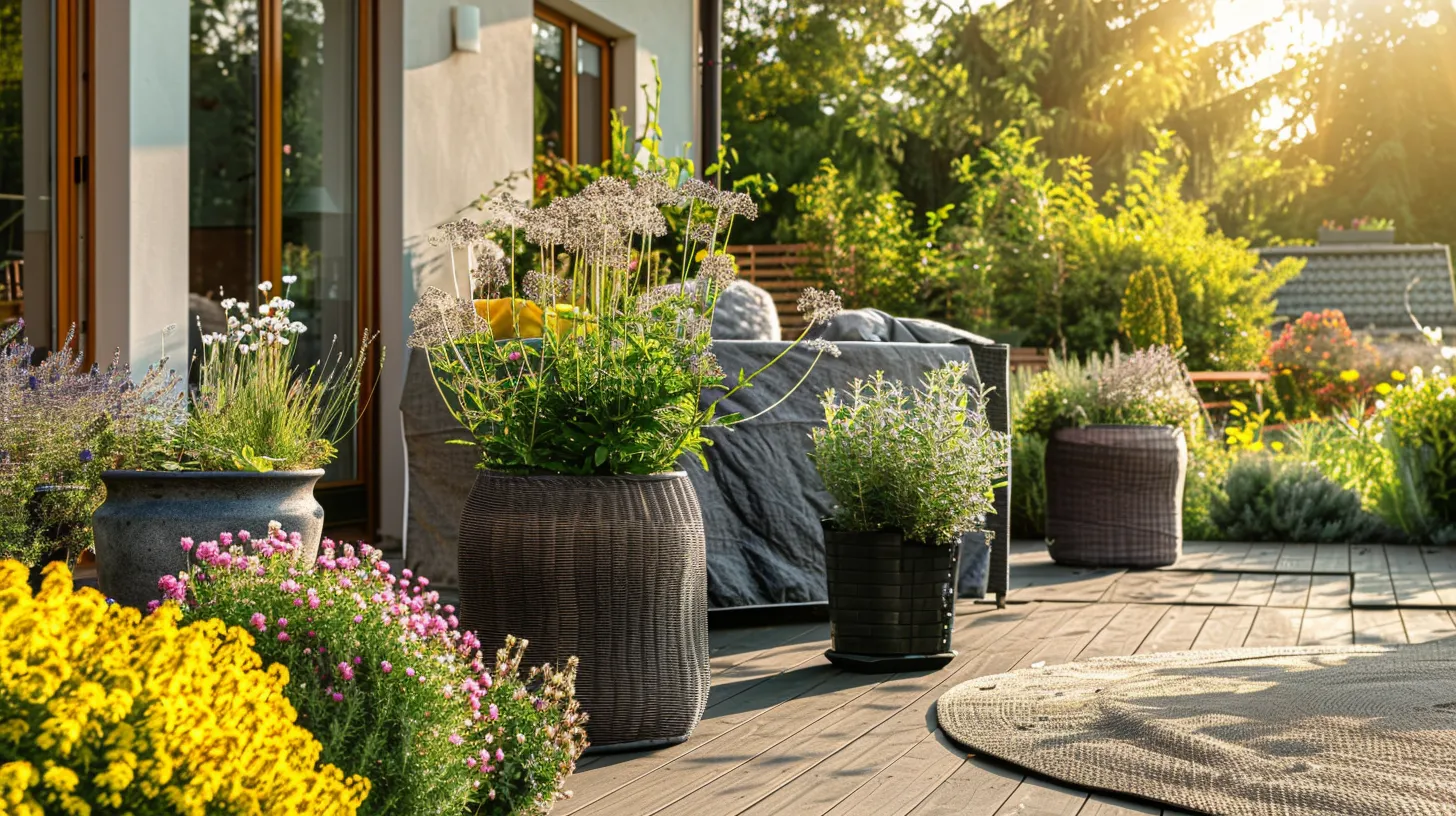
Shifting our focus to the advantages, the use of covers for planters offers numerous benefits ranging from protecting plants from harsh weather conditions to enhancing the aesthetic appeal of outdoor pots. Outdoor Furniture Covers, when used as planters covers, form a protective barrier against extreme heat, cold, wind, and rainfall. This essential aspect is pivotal in ensuring the survival and health of your plants throughout varying seasons.
Additionally, these covers regulate soil moisture levels . They do this by preventing excessive evaporation on sunny days and avoiding waterlogging during heavy rains, which are both vital for plant growth. This moisture regulation contributes to a healthier root system and, by extension, a more robust plant.
Another significant benefit is that these covers are typically UV-resistant . This feature means they can shield your plants from harmful sun rays that can cause leaf burn or discoloration, ensuring that your plants stay green and vibrant.
Lastly, apart from their functional benefits, planters covers also enhance the aesthetic appeal of your pots. They add a touch of sophistication and neatness to your outdoor space, thereby increasing its overall visual appeal. These versatile covers, thus, are an investment in both your plants' health and your outdoor decor.
Potential Issues With Furniture Covers
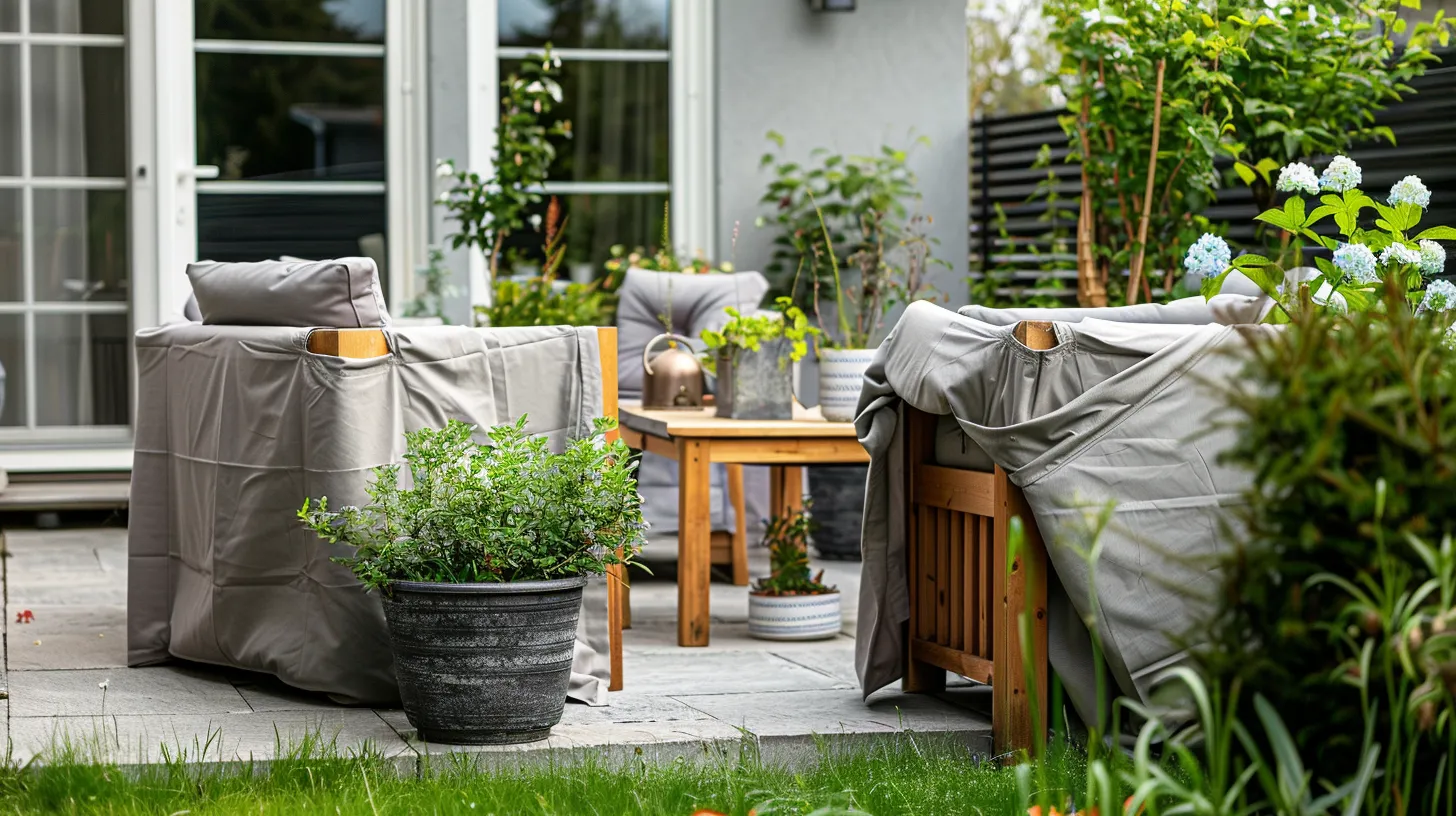
While furniture covers can offer certain benefits when used as planters covers, they also present potential challenges that could negatively impact the health and growth of your plants. When patio furniture covers are repurposed to shield outdoor planters , they may not provide sufficient air circulation. This lack of proper ventilation could lead to the build-up of mold or mildew, which could then harm or even kill your plants.
Moreover, outdoor cushions and furniture covers are not necessarily designed to fit the shape and size of outdoor planters. This mismatch could result in inadequate coverage , failing to prevent moisture from seeping into the planter, and hence fostering an environment conducive to the growth of harmful fungi .
The material of patio furniture covers may also not be suitably built for direct contact with soil, water, and plant roots. This could lead to the degradation of the cover material and compromise its effectiveness. Additionally, using these covers for purposes other than their intended use could potentially void any warranty or guarantees associated with them. Hence, while it may seem a convenient solution, using furniture covers as planter protection can pose significant risks .
Ideal Protection for Outdoor Pots
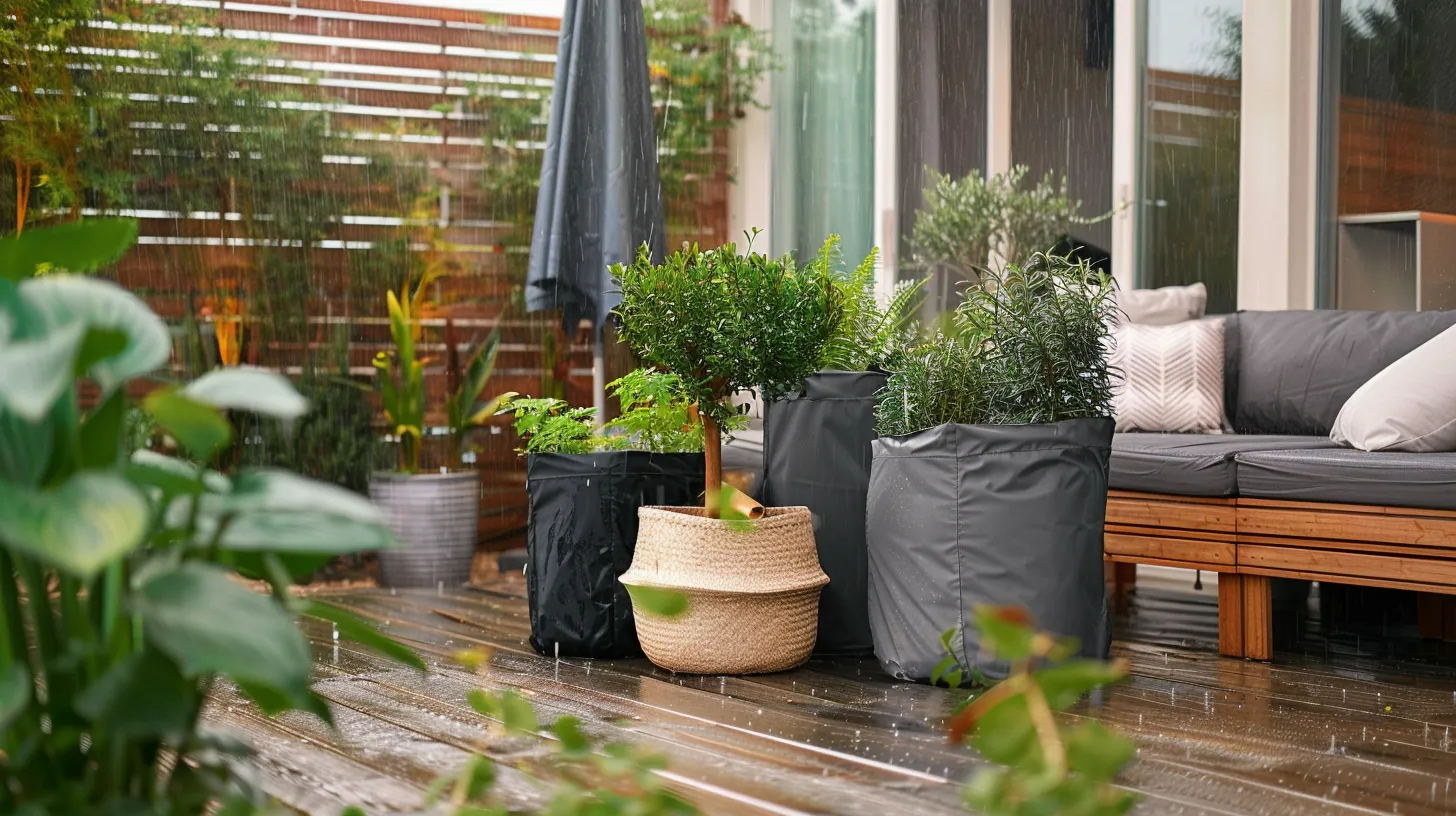
Despite potential challenges, the utilization of outdoor furniture covers , specifically those made from waterproof polyester , can offer ideal protection for outdoor planters and pots, safeguarding them from damaging UV rays and water. These waterproof covers serve as a barrier against rain, frost, or snow, hence increasing the lifespan of your outdoor planters.
The utilization of UV-resistant fabric in the construction of these covers is another critical aspect to ponder. UV light can cause fading and damage to planters over time. However, a cover made from UV-resistant material minimizes this risk, preserving the aesthetic value of your planters and ensuring they continue to add beauty to your outdoor spaces.
Dust accumulation is another common issue facing outdoor planters. A properly fitting cover can help minimize dust and debris , which can lead to mold growth if left unchecked. This not only protects your planters but also reduces the time and effort you spend on cleaning.
Regular Maintenance of Planters
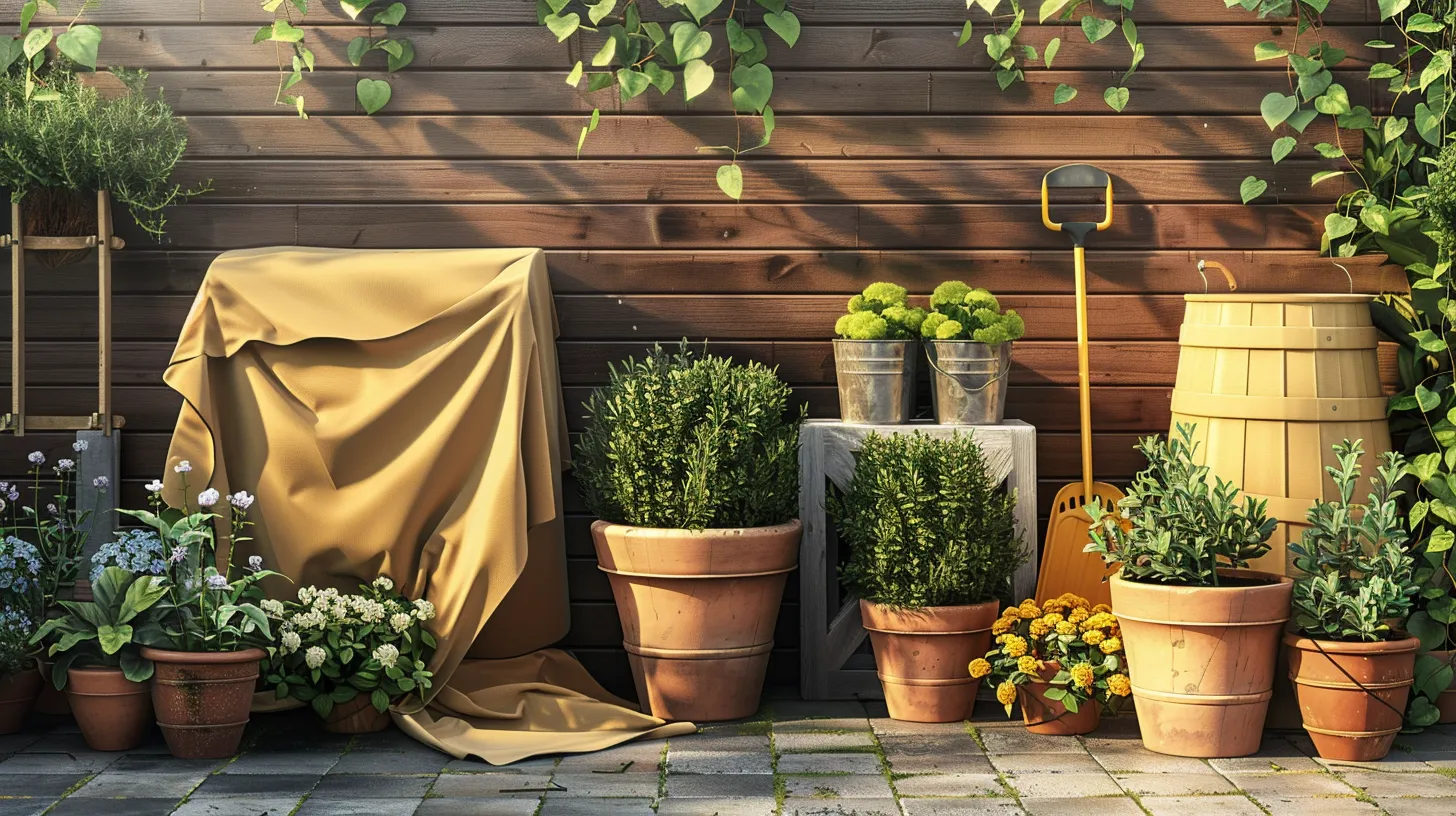
In addition to the important measures offered by furniture covers, regular maintenance practices are vital to keep your planters in optimal condition. Regular cleaning helps remove dirt, debris, and mold buildup that can compromise the health of your plants and the aesthetic appeal of your patio or outdoor spaces.
Alongside cleaning, it is crucial to inspect your planters for clear drainage holes . This prevents waterlogging, a common cause of root rot in many plants. Larger covers can sometimes trap moisture, so ensuring proper drainage is even more critical.
Moreover, consider repotting your plants annually. This practice refreshes the soil and promotes healthy growth, keeping your planters vibrant and attractive. Along with repotting, rotating the planters periodically is also advisable. This step ensures even sun exposure, preventing uneven growth and fostering a balanced appearance.
Lastly, using saucers or trays under your planters can catch excess water, protecting your patio surfaces from potential water damage. When not in use, these trays, along with your covers, can be stored in a storage bag . Remember, the covers come off for maintenance, so plan your routine care accordingly.
Selecting Suitable Planters Covers
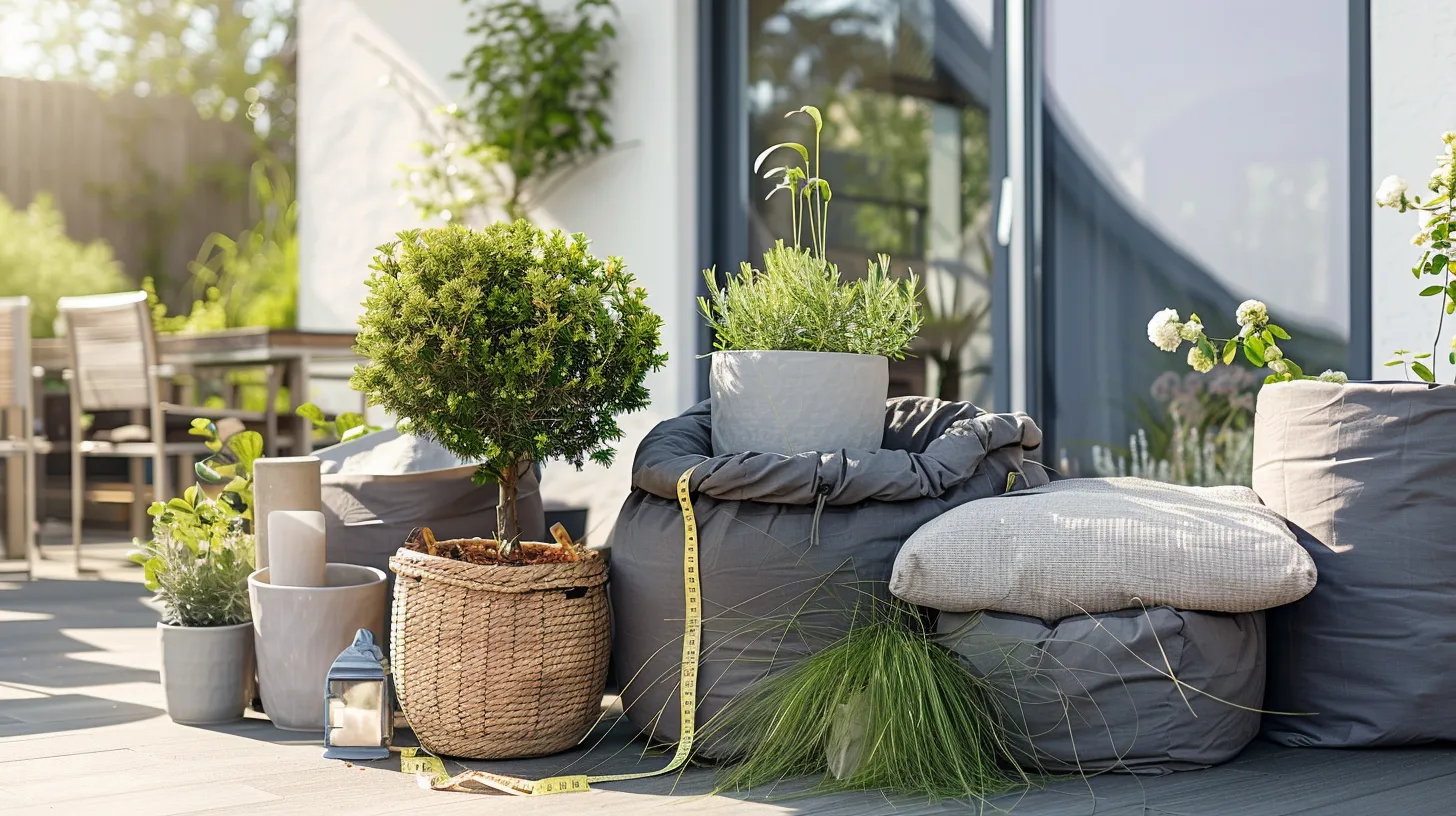
Selecting the appropriate covers for your planters is an important step in preserving their longevity and aesthetic appeal. Initially, think about covers made from waterproof polyester or UV-resistant fabric . These materials offer excellent protection against the elements, allowing your outdoor planters to maintain their beauty over time.
Breathable materials are also a vital factor to think about. These prevent the growth of mold and promote proper air circulation , ensuring your planters remain in ideal condition. To further enhance the longevity of your covers, look for those with durable stitching . This characteristic indicates a high-quality product that will withstand the test of time.
Another key aspect to take into account is the presence of elastic hems . These guarantee a secure fit on your planters, providing effective protection against dust accumulation and weather exposure.
Lastly, customizable covers are a fantastic option for those with uniquely shaped or sized planters. They can be tailored to perfectly fit any planter, eliminating any worries about improper fitting. For added convenience, think about opting for covers that come with storage bags . These offer a practical solution for storing your covers when not in use, helping to preserve their quality and extend their lifespan.
Innovative Outdoor Planter Care Tips
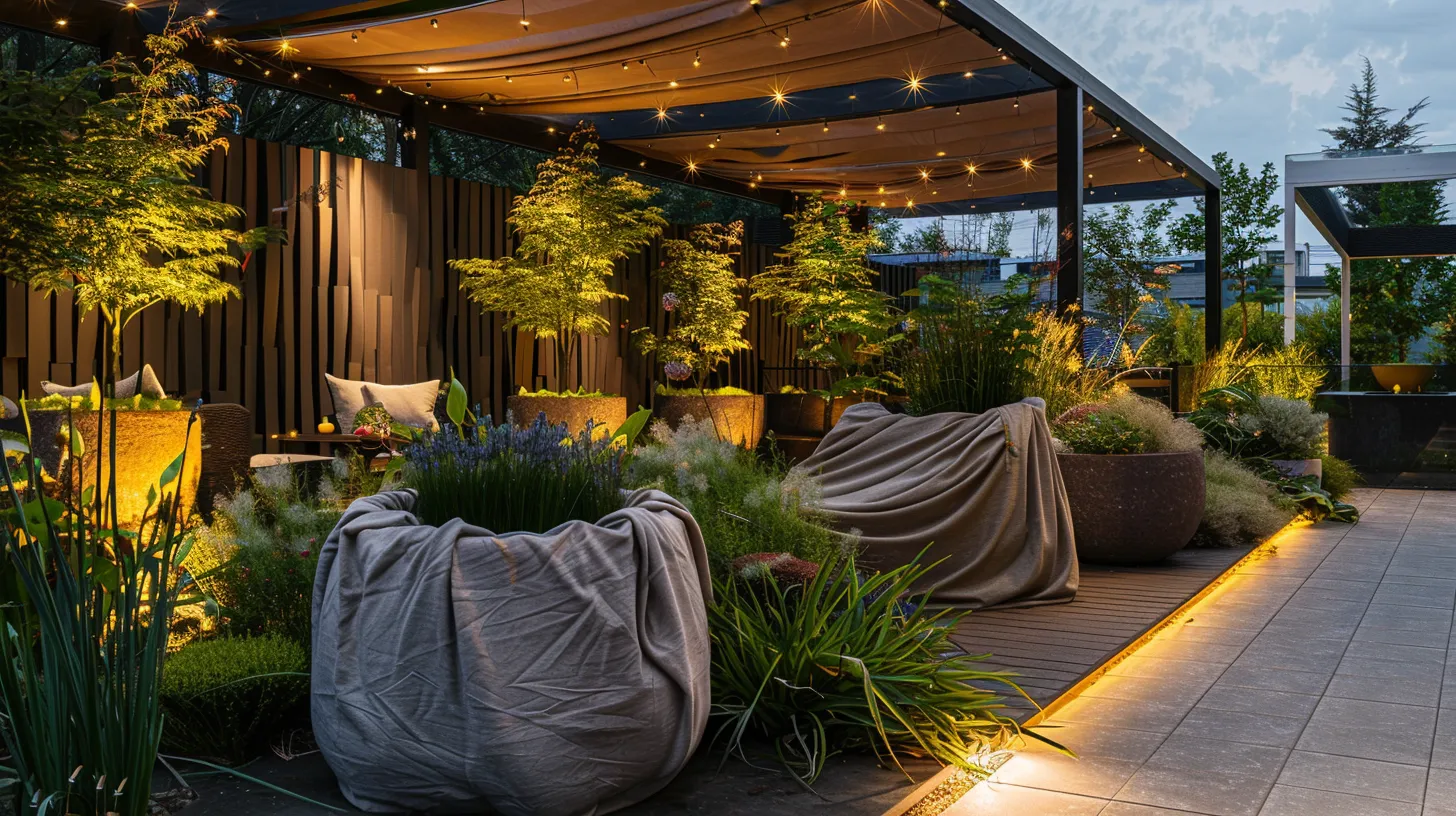
Having selected the appropriate covers for your planters, additional care practices can further enhance their longevity and aesthetic appeal. One such practice is safeguarding your outdoor furniture by elevating planters with plastic bumps . This not only guards against water damage but also encourages air circulation .
Cover options can be expanded beyond just typical furniture covers. Consider using a sheet of glass as a protective layer under the planters. This avoids direct contact between the planter and surface, further shielding against potential damage.
When it comes to sizes and materials, consider selecting the right ones that cater to your specific needs. For instance, choose moisture-resistant materials for planters. This guarantees their long-term durability and protection even from harsh weather conditions.
A regular routine of wiping off water spills from planters also helps in maintaining their condition. Implement a drying routine for the planters to prevent moisture buildup and potential issues. This can be achieved using absorbent materials or through natural air drying.


